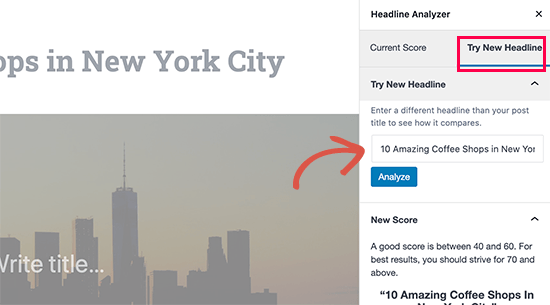
Performance bottleneckĪdaptive Performance uses the currently configured target frame rate (see Application.targetFrameRate and QualitySettings) and the information that FrameTiming provides to calculate what is limiting the application's frame rate. It doesn’t include the time when the GPU has to wait for Unity to provide data to render. GPU time is the time the GPU is actively processing data to render a frame. It doesn’t include the times when Unity might be blocked by the operating system, or when Unity needs to wait for the GPU to catch up with rendering. Use it to calculate the current framerate of the application.ĬPU time only includes the time the CPU is actually executing Unity's main thread and the render thread. Overall frame time is the time difference between frames. To access the latest timing data, use the PerformanceStatus.FrameTiming property.

Frame timingĪdaptive Performance always tracks the average GPU, CPU, and overall frame times, and updates them every frame. To access these metrics, use the Instance.PerformanceStatus property.

Performance statusĪdaptive Performance tracks several performance metrics and updates them every frame. To disable Adaptive Performance, uncheck Initialize Adaptive Performance on Startup in the provider tab for the target platform.įor a description of the detailed startup behavior of a subsystem, see the Subsystem Registration documentation. A subsystem needs to be installed and enabled in the settings to be added at build time and discoverable during runtime. Unity enables Adaptive Performance by default once you install the package and if it finds a suitable subsystem. IAdaptivePerformanceSettings settings = .GetSettings() To get detailed information during runtime, enable debug logging in the provider settings or via the during runtime or via boot time flags from the settings API: static class AdaptivePerformanceConfig

To check if your device supports Adaptive Performance, use the Instance.Active property. When you install the Adaptive Performance package, Unity automatically creates a GameObject that implements IAdaptivePerformance in your Project at runtime.


 0 kommentar(er)
0 kommentar(er)
